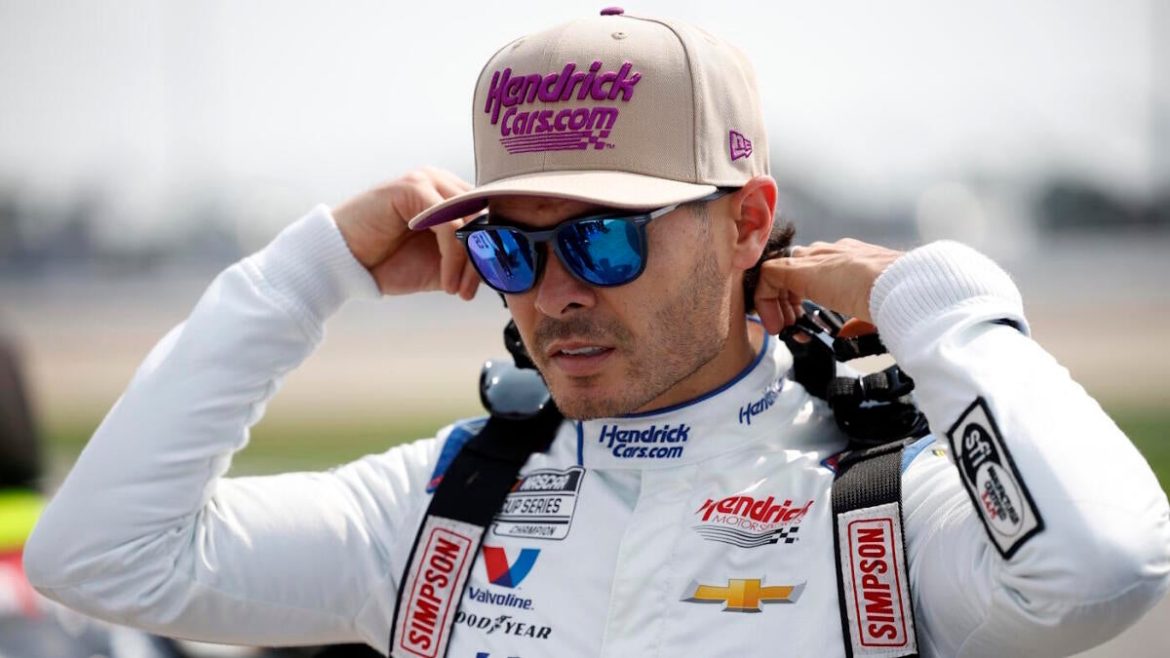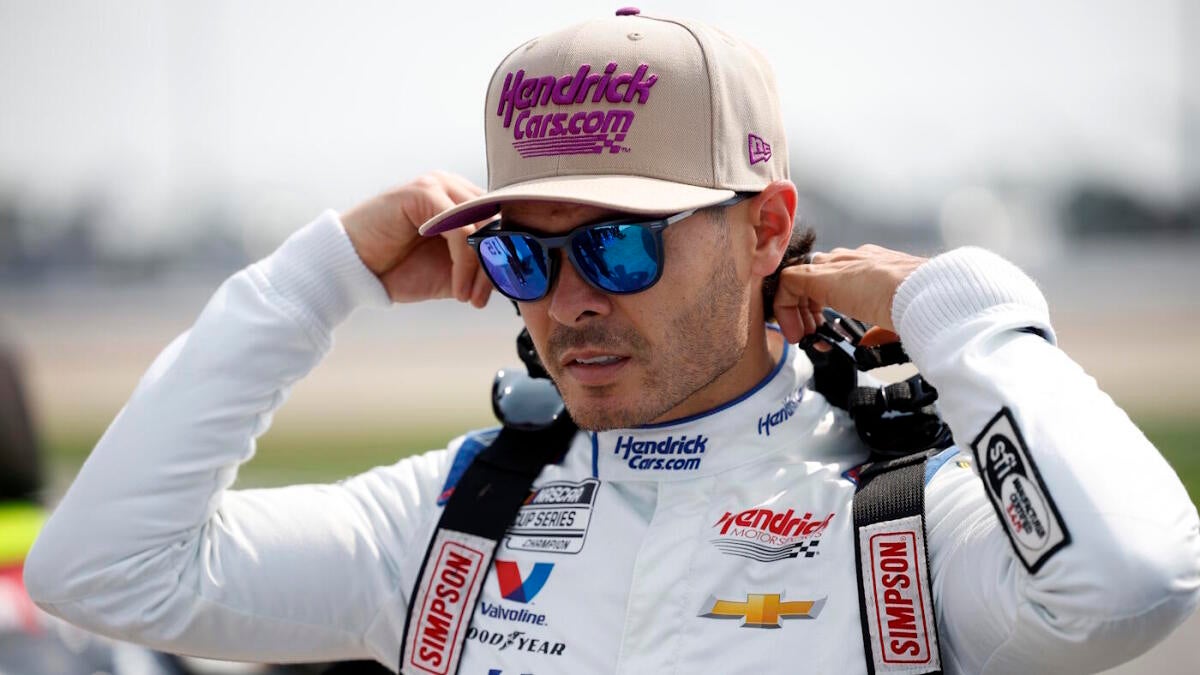Kyle Larson’s Recent Sprint Car Crash: A Detailed Analysis of the Incident and Its Implications
Kyle Larson, a well-known figure in motorsports, recently endured a violent crash while competing in a World of Outlaws sprint car race at the Plymouth Dirt Track in Wisconsin. Despite the severity of the accident, which involved his car flipping violently and crashing into the catchfence, Larson emerged uninjured. This event highlights several aspects of motorsport safety, vehicle dynamics, and the resilience required of elite drivers.
The Incident: What Happened at Plymouth Dirt Track
Running second in the race and chasing his fourth World of Outlaws Series win for 2025, Larson’s race ended abruptly on June 6. During the critical moments approaching turn one, Larson’s sprint car experienced a sudden mechanical failure—specifically, a failure of the right rear axle. This catastrophic failure led to a loss of control at high speed.
With the axle compromised, Larson’s No. 57 car was launched into a violent barrel roll. The vehicle flipped end-over-end multiple times before crashing into the turn 1 catchfence, a structure designed to protect both drivers and spectators. The impact was severe but designed safety features of the sprint car and catchfence absorbed much of the crash energy.
Driver Safety and Vehicle Resilience
That Larson was able to climb out of the car “unscathed” underscores advancements in sprint car engineering and safety protocols. Sprint cars, known for their high power-to-weight ratio and unique wing designs, are particularly challenging to handle. Crashes of this magnitude typically carry significant risks due to the open cockpit and high speeds on dirt tracks.
The catchfence’s role in this crash cannot be overstated—it acts as a crucial barrier preventing cars from leaving the track area. While the fence took a direct hit, its sacrificial failure helped dissipate the crash forces, keeping Larson physically safe. Equally important are the car’s safety harness, roll cage, and helmet technology, all designed to minimize injury during violent impacts.
The Psychological and Professional Impact on Larson
Larson’s ability to walk away uninjured not only is a testament to the engineering but also to a certain mental fortitude and quick reflexes drivers employ. Such crashes, although frightening, are part of sprint car racing’s inherent risks. His remarks following the accident (“I don’t know”) convey a mix of shock and relief—a natural emotional response to surviving dramatic incidents.
For Larson’s career, this incident is a reminder of the unpredictable dangers in motorsports. Despite setbacks like crashes, his ongoing participation in multiple top-tier racing series—from NASCAR Cup to IndyCar—shows resilience and determination to succeed. However, this crash also underscores the importance of safety advancements and constant vigilance in race preparation.
Sprint Car Racing: The Thrills and Challenges
Sprint car racing is known for its thrilling, fast-paced dirt track competitions. Unlike NASCAR stock cars, sprint cars have lightweight chassis and powerful engines, creating exhilarating but riskier conditions. This crash at Plymouth is one among many that motorsports fans recognize as indicative of the high-stakes environment these drivers endure.
Mechanical failures, such as axle breakage, introduce variables that can instantly transform a competitive race into a dangerous situation. Monitoring equipment integrity and vehicle maintenance is critical, although unexpected failures can still occur, reinforcing the need for robust safety measures.
Conclusion: Reflection on Motorsport Safety and Kyle Larson’s Fortitude
Kyle Larson’s violent crash at the Plymouth Dirt Track serves as a stark reminder of the perils faced in high-speed sprint car racing. His escape without injury highlights the success of safety protocols and vehicle design innovations. The incident not only adds to Larson’s narrative as a resilient and skilled driver but also shines a light on the continual evolution required in motorsport safety.
As Larson continues to compete across motorsport disciplines, this accident will likely influence both his approach to racing and the sport’s ongoing safety advancements. Racing fans and professionals alike are reminded that even the most experienced champions are vulnerable, yet their determination and the engineering built around them ensure thrilling competition with as much protection as possible.





